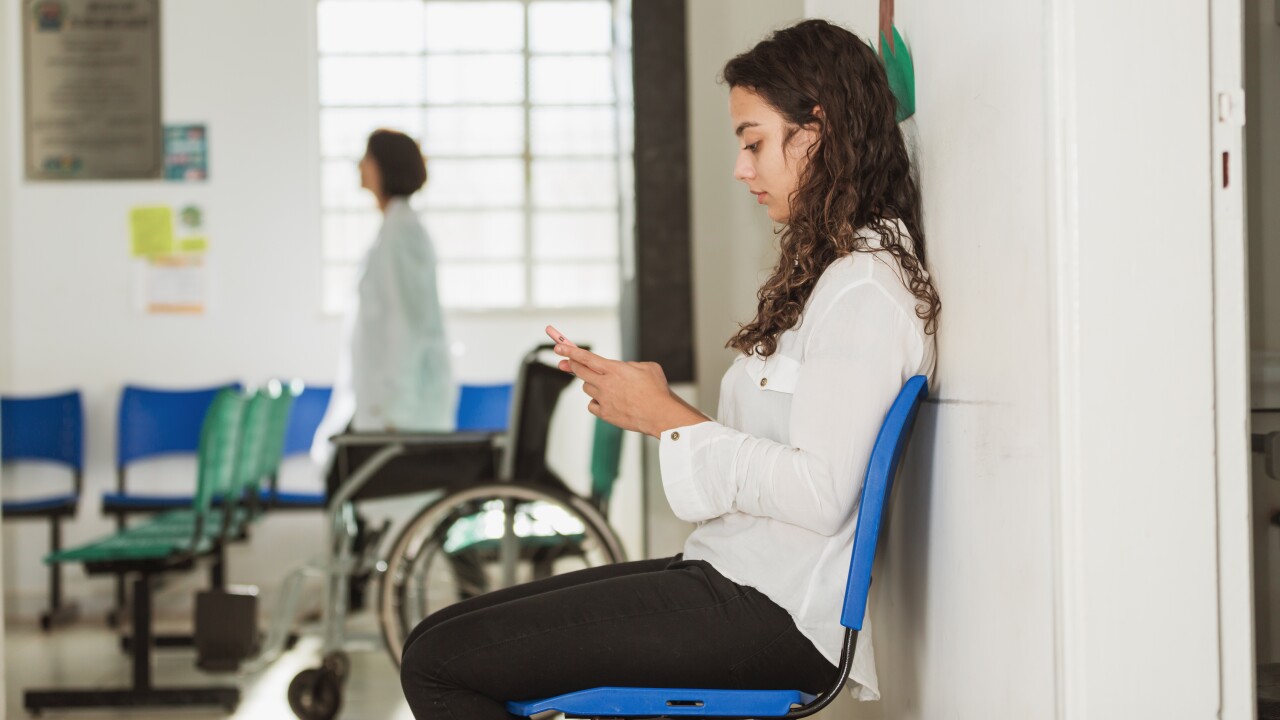In the wake of COVID-19, a new way of living — and working — has presented a stressful situation for employers and employees alike. As many companies move to remote work to slow the spread of the novel coronavirus, there are so many questions swirling around about the virus and how to communicate with your workforce about it. Below are answers to some of the most pressing questions, including what a pandemic means for employers and how to take sick leave.
What exactly is a novel coronavirus and how does it spread?
Coronaviruses are a family of viruses that cause respiratory symptoms, including the common cold and more severe infections like pneumonia. COVID-19 is the name of the disease that's caused by this new coronavirus — COVID stands for corona CO, virus VI, disease D. This particular coronavirus is novel, meaning that we have not seen it before in humans. Patients with COVID-19 will be evaluated and cared for differently than patients who have common coronavirus disease.
The virus is thought to spread mainly from person-to-person. So, this can happen between people who are in close contact with another through respiratory droplets produced when an infected person coughs or sneezes. Physical contact, such as shaking hands, might also spread the virus if a person then touches their mouth, nose or eyes without washing their hands first. We also think that touching an object or surface with the virus on it might be a way that a person can become infected, but it is not thought to be the main way the virus spreads. A new
What does a pandemic mean for employers?
A pandemic means that most of the global workforce is ill at roughly the same time, which would mean major disruptions in most sectors. But the public health measures being taken now, like quarantines and shelter-in-place orders, will hopefully help reduce the spread and lessen the burden on both the economy and healthcare systems. Employers should have an infectious disease or a pandemic response plan and establish triggers or thresholds for when to alter business operations. Triggers might tell you when to encourage more extensive remote work, cancel certain meetings, stop nonessential travel or even close an office location. A very important thing to do is maintain local and state health department contacts for each location, so they can easily be reached if necessary.
Additionally, employers should plan to monitor and respond to absenteeism at the workplace. Designate someone at each office location to monitor employee absenteeism as well as local events like school or community event closures. Implement plans to continue your essential business functions in case you experience higher than usual absenteeism and consider cross-training personnel now to perform essential functions to keep your business running even if key staff members are absent. If you think you might use remote working options, make sure you have the adequate IT infrastructure in place in advance.
Lastly, plan for disruption with partner businesses. Look at who you work with most right now: suppliers, sub-contractors, etc. Plan for how your business will operate if there is increasing absenteeism or partner businesses are interrupted.
What sorts of things should employers be communicating to their employees?
It's important to pull together key, plain language, fact-based information for employees on their personal safety. Employers should consider handwashing posters and hand sanitizer stations at front desks or places where employees gather, like meeting rooms. Remind employees to stay home when they're sick. If resources are available to track local news, consider sending concise, periodic, local situation updates to employees to keep them informed. It is also important to remind employees about your company’s Business Continuity Plans and how they apply to the current situation. Employees also often find comfort in knowing how frequently the leadership team is meeting to discuss their plans and how they will be communicated with effectively.
What should employers be doing to maximize employee safety?
For businesses that cannot adopt a work from home policy, operations leaders can check in with the janitorial staff policies. Do they routinely clean doorknobs, conference tables and other high-touch surfaces? What types of cleaning products are they using and how often are they using them? Also, consider providing employees with disposable wipes for frequently touched surfaces like remotes, keyboards and desktops. When possible, employers should also adjust workflows or implement staggered shifts, if needed, to follow the CDC recommendations to maintain six feet of distance between each person.
What should employers be thinking about related to sick leave policies?
Sick leave policies should adequately encourage employees to stay home when they're sick, whether for the novel coronavirus or other common viral illnesses. Additionally, employees with close contact with someone who is positive or presumed positive for COVID-19 will need to be quarantined for the recommended period of time from the CDC.
For some employees, especially those with chronic underlying conditions like heart disease or diabetes, illness can be more severe or prolonged, so refer to The Family and Medical Leave Act (FMLA) and short-term disability policies in advance. Examine the need for special accommodations for employees who might be more vulnerable to severe illness like older employees or those with immunocompromising conditions.
Employers should also remember that the Americans with Disabilities Act (ADA) places certain restrictions on the kinds of inquiries that can be made into an employee's medical status. Essentially, the employers should have a reasonable belief that the employee poses a direct threat to the health or safety of others.
What should an employer do if their business doesn't allow remote working? What if people come in sick?
It will likely depend on exactly what your business is and how it's set up. It might help to consult specifically with an occupational health expert to talk through your unique needs. If an employee does show up to work sick because they cannot work remotely, companies should follow the CDC's recommendations of sending the person home. They should not wear a mask and continue to work because it provides a false sense of protection. Somebody who's working while wearing a mask might still touch their nose and face or not change their mask appropriately. They could still be an infection control risk.
If an employee was diagnosed with COVID-19, your local and state public health officials are your key resource for this information. This is exactly what public health does so they're in the best position to help advise you of exactly how to handle the situation.
What other things should an employer be thinking and communicating about?
This is a time of high anxiety and other stressors (e.g., kids out of school, elderly parents in high-risk care facilities) for employees. It’ll be important to ensure your employees know their benefits with regards to mental health, child care, transportation and any COVID-19 specific benefit changes. During these trying times, I encourage all business leaders to remember that you must put your employees and their health first.






